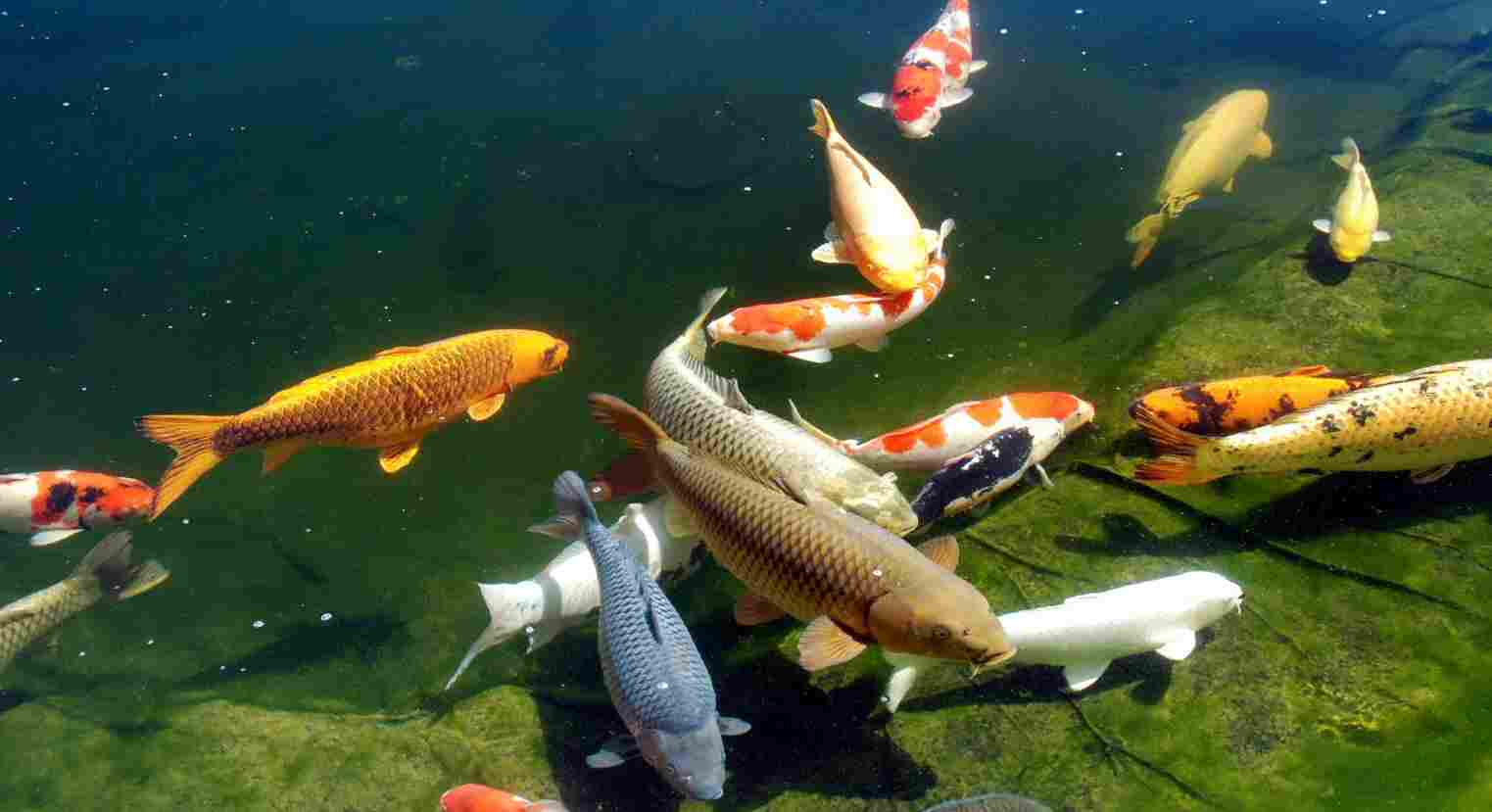
The Ultimate Guide to Koi Pond Treatment for Parasites
Introduction: Understanding Parasites in Koi Ponds
Creating a koi pond is a great way to beautify your backyard and enjoy the benefits of a serene water feature. However, with any type of outdoor water feature comes the risk of parasites.
Parasites are a common problem for koi ponds and can significantly affect the health of your fish. To ensure your koi remain healthy and happy, it is essential to understand the different types of parasites that can infect your pond and how to treat them effectively.
Types of Parasites in Koi Ponds
There are several types of parasites that can infect your koi pond, including:
- Ichthyophthirius multifiliis (Ich)
- Costia
- Flukes
- Trichodina
- Chilodonella
- Anchor worm
Symptoms of Parasites in Koi Fish
The presence of parasites in your koi pond can cause your fish to display several symptoms indicative of an underlying issue. These include:
- Flashing
- Scratching
- Rubbing against surfaces
- Lethargy
- Loss of appetite
- Abnormal swimming behavior
- Excessive mucus production
Koi Pond Treatment for Parasites
Once you have identified a parasite or parasites in your koi pond, it is essential to act quickly to treat the issue and prevent it from worsening. There are several effective treatments to rid your pond of parasites and restore your koi to optimal health.
Chemical Treatments
Chemical treatments can be an effective way to eliminate parasites from your koi pond. There are several products on the market designed specifically for parasite treatment, including formalin and malachite green.
It is important to follow the instructions carefully when using chemical treatments, as over-dosing or under-dosing can be harmful to your fish and the pond’s biological balance.
Salt Treatments
Salt treatments can be a safe and effective way to treat parasites in your koi pond. Salt can be used in varying concentrations, depending on the type of parasite present.
It is essential to use a high-quality salt, such as pure rock salt or pond salt, and to dissolve it completely before introducing it to the pond.
Biological Treatments
Biological treatments utilize natural methods to control parasites in your koi pond. These treatments include using bacteria or other microorganisms to destroy parasites or improve water quality.
One of the most commonly used biological treatments is the use of beneficial bacteria. These bacteria consume organic waste and help maintain the pond’s biological balance, reducing the likelihood of parasites in the first place.
Preventing Parasites in Your Koi Pond
Prevention is always the best course of action when it comes to koi pond parasites. There are several steps you can take to minimize the risk of parasites in your koi pond, including:
- Maintaining clean and clear water
- Avoiding overfeeding your fish
- Quarantining new fish before introducing them to your pond
- Regularly testing your pond’s water quality
- Ensuring proper filtration and aeration
Conclusion
Parasites are a common problem for koi ponds but can be effectively treated with the right approach. By understanding the types of parasites that can infect your koi pond and utilizing effective treatments such as chemical, salt, or biological treatments, you can restore your pond to optimal health and ensure your fish remain healthy and happy.
Remember, prevention is always the best course of action. By taking steps to maintain clean water, properly feed your fish, quarantine new arrivals, and regularly test your pond’s water quality, you can minimize the risk of parasites in your koi pond and enjoy a beautiful and healthy outdoor water feature.







